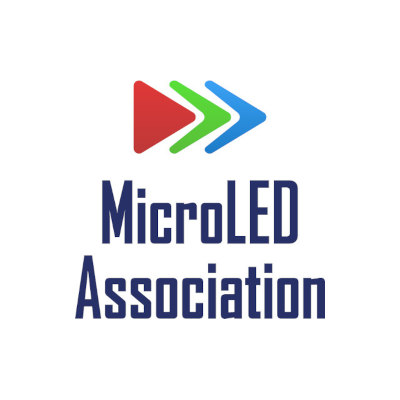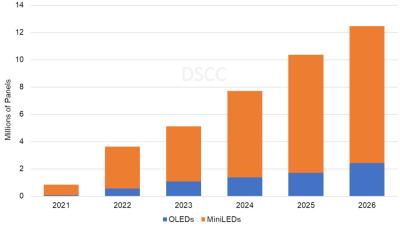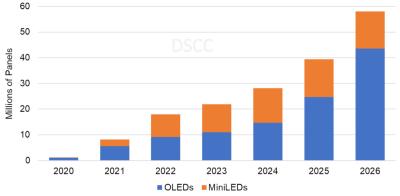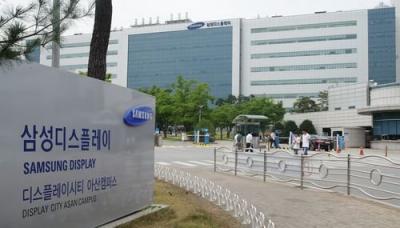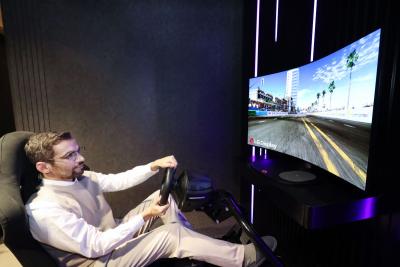LG Display: OLED will be the main display technology for future AR and VR devices
Yang Joon-Young, a VP at LG Display, says that recent improvement in OLED technologies will cause an industry shift from LCoS devices to OLED microdisplays in AR systems. LCoS will find a market in low-cost AR headsets, but most AR solutions will be based on OLEDs.
Next-generation VR systems, which will require higher pixel densities, will also switch from LCD and mobile AMOLED displays to OLED microdisplays that will offer pixel densities of over 3000 PPI.



